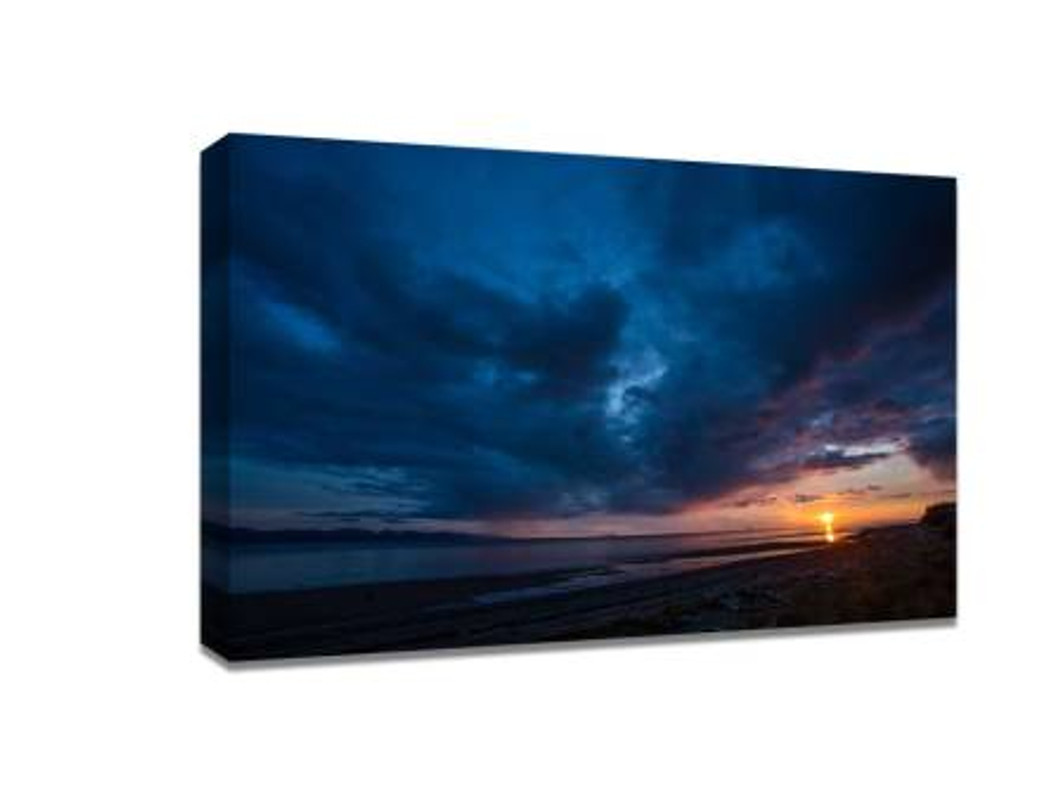Use White Balance to Create Creative Photos and Stunning Canvas Prints
When it comes to transforming your photos into memorable art, understanding white balance is a game-changer. Whether you want to decorate your living space with a striking photo on canvas or impress friends with your photography skills, mastering white balance allows you to create images that evoke emotion and set the perfect tone. White balance is not just a technical adjustment—it’s a tool for creative expression.
What is White Balance in Photography?
White balance (WB) is a camera setting that adjusts the colors in your photos to make them appear more natural. Different light sources—like sunlight, fluorescent bulbs, or candlelight—emit various color temperatures. Without correcting for these, your photos may have unwanted blue, yellow, or green tints. By setting the correct white balance, you ensure that whites look truly white, and colors stay accurate and vibrant.
Many photographers assume white balance is only about accuracy, but experimenting with it creatively can drastically change the mood of your photos. For example, warming up a sunset shot can make it feel cozier, while cooling a scene can give a modern, surreal touch. This flexibility allows you to capture images that perfectly suit your vision, whether for prints or home decor.
Why Creative White Balance Matters for Photo on Canvas
When printing your photos on canvas, color accuracy and mood are crucial. A slight shift in white balance can completely alter the impact of a canvas print. Imagine a beach sunset—if the tones are too cool, the warmth and vibrancy disappear, resulting in a less appealing wall piece. Correctly adjusted white balance preserves the atmosphere and emotion of the original scene, making your canvas print an engaging centerpiece in any room.
Moreover, experimenting with white balance gives you unique artistic opportunities. You can intentionally apply a cooler or warmer tone to create a story or evoke a feeling in the viewer. This is particularly important for those looking to produce creative artworks rather than just snapshots.
Types of White Balance Settings
Most cameras offer a range of white balance presets:
-
Auto White Balance (AWB):
The camera automatically detects the color temperature. This works well for general photography but may not always capture your creative intent. -
Daylight/Sunny:
Ideal for shooting outdoors in direct sunlight. Produces natural colors without much adjustment. -
Cloudy:
Adds warmth to outdoor photos taken under overcast skies. -
Shade:
Warms up images taken in shadows to avoid dull, cold tones. -
Tungsten/Incandescent:
Compensates for yellowish indoor lighting, producing cooler tones. -
Fluorescent:
Corrects greenish indoor light, resulting in balanced colors. -
Custom/Manual:
Allows full creative control. You can intentionally shift the white balance to achieve a specific effect.
Tips for Creative Use of White Balance
-
Experiment with Temperature and Tint:
Most cameras allow adjustments in degrees Kelvin. Lower values create cooler tones; higher values create warmer tones. Combine with tint adjustments (green/magenta) for subtle effects. -
Shoot in RAW Format:
RAW files preserve all color data, making it easier to adjust white balance in post-processing without losing quality. -
Match Mood to Scene:
Think about the emotion you want your viewer to feel. Warm tones can evoke nostalgia or comfort, while cool tones can produce calmness or mystery. -
Create a Color Story:
If you plan to make multiple canvas prints for a room, keep a consistent white balance style to maintain visual harmony. -
Use White Balance Creatively, Not Just Correctively:
Don’t be afraid to break “rules.” Intentional color shifts can make a canvas print stand out as a piece of art rather than just a realistic photograph.
Practical Examples
-
Golden Hour Magic: Push your white balance slightly warmer to amplify the natural glow during sunrise or sunset. The result? A photo on canvas that radiates warmth.
-
Urban Night Scenes: Experiment with cooler tones to emphasize street lights and shadows, creating a cinematic feel.
-
Indoor Portraits: Adjust white balance to match ambient light, avoiding unnatural skin tones while giving your canvas print a polished look.
Final Thoughts
White balance is more than just a technical adjustment—it’s a creative tool. By understanding and experimenting with it, you can transform ordinary photos into expressive artworks perfect for printing on canvas. Whether you want a cozy, warm living room accent or a bold, modern statement piece, mastering white balance helps your images communicate emotion and style effectively.
Your next step? Take your favorite photographs, play with white balance, and turn them into stunning photo on canvas prints that bring both color and creativity into your home.
Recent Posts
-
Five Reasons Large Canvas Prints Are the Ideal Wall Decor for Your Living Room
Creating a warm, stylish, and inviting living room is a goal shared by many homeowners, and choosing …21st Nov 2025 -
Best Christmas Gifts 2025: Thoughtful Photo Gifts That Make Memories Last
Choosing the perfect Christmas gift in 2025 is all about meaning, practicality, and emotional connec …19th Nov 2025 -
How to Get Custom-Looking Canvas Prints at the Cheapest Prices in Australia
When it comes to decorating your home or office with beautiful artwork, canvas prints are a popular …13th Nov 2025
